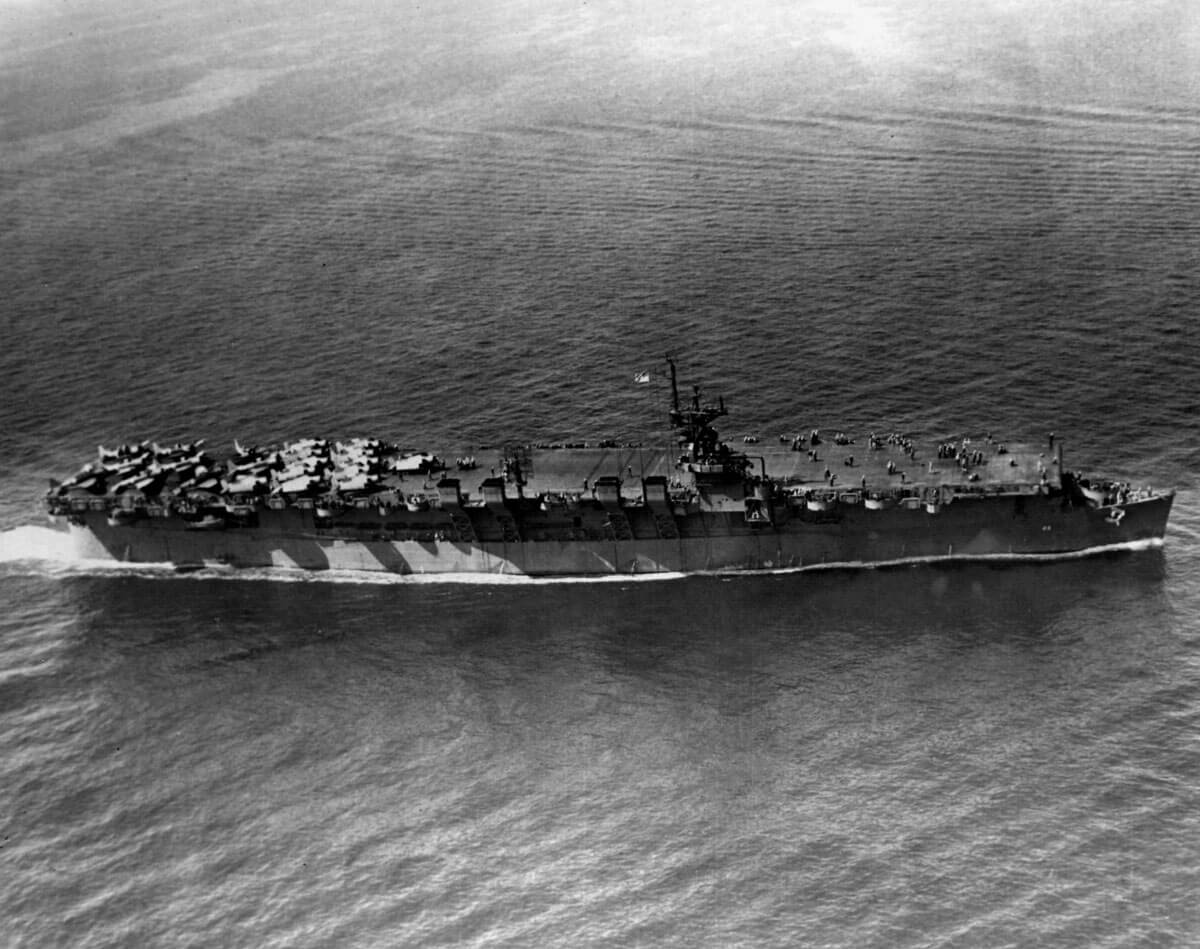Asbestos exposure on the USS Princeton (CVL-23)

Hull Number: CVL-23
Type: Light Aircraft Carrier
Class: Independence
Built: Camden, NJ
Originally designed as a light Cruiser, the New York Shipbuilding Corporation converted the USS Princeton to an Independence-class light Aircraft Carrier in February of 1942. It was quickly deployed to the Pacific, where it was assigned as the flagship at Baker Island.
It conducted operations on the Pacific front, earning nine battle stars over the course of its service. The Princeton fought in this arena until October 24, 1944, when it sunk as a result of fires caused by a Japanese dive bomber.
It is likely that many who served aboard the USS Princeton were exposed to asbestos during the course of their regular duty. Between the 1930’s and mid-1970’s, asbestos was a common material on Navy ships, used in equipment such as boilers, turbines, pumps, valves, and electrical components.
Materials such as gaskets and packing were also often made from asbestos. These were found in an especially high concentration in the boiler and engine spaces on ships, increasing the risk for those who worked in these areas.
While many of the companies that provided the Navy with asbestos were aware of its inherent dangers, none did anything to warn those who served on the USS Princeton and other ships from the era. This led many to become ill with mesothelioma and other asbestos-caused diseases.
Veterans who have been diagnosed with mesothelioma were likely exposed to asbestos during their service, and have a right to seek compensation. Settlements can potentially recoup the costs of medical care, and may provide additional sums for pain and suffering.
The time in which a lawsuit can be filed is limited however, so it is important to speak with a lawyer soon after a diagnosis is made.
